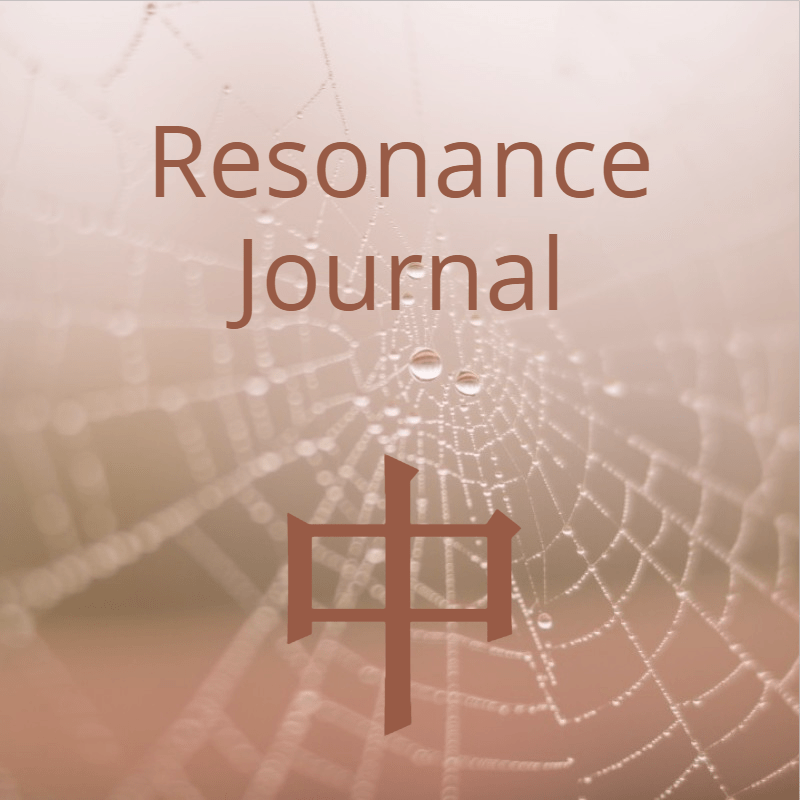Does computerised casting work?
From time to time, someone will ask me whether it’s acceptable to cast the I Ching – that venerable, 3,000-year-old oracle – by tapping a button on a screen. And quite a bit more often, I’ll hear from someone how they received an answer that spoke to them with complete clarity and sparked extraordinary change in their life – by tapping a button on a screen.
I’ve also heard a couple of times how someone cast a reading online, only to doubt whether this could really be a valid answer, pick up the coins to ask again – and receive the same response.
So… yes, casting on a phone or computer, or whatever piece of modern technology you have to hand, is fine. (When people first started casting with coins, those were the recently-invented modern technology.) The Yi works; it’s been working every day for three millennia: you can’t break it now with the way you consult.
What if I just prefer coins?
And having said all that… you might just not like casting on a screen; you might prefer something slower and more tangible, or just want to change your awareness by breaking away from the omnipresent screen for a moment.
(That’s what I generally prefer. I know I can’t break the oracle: the Well wells, and it isn’t going anywhere. But the well-rope and jug of my own attention need more care.)
Your options in the Resonance Journal
So this is why the Resonance Journal leaves the choice of casting method with you. You can use a simple in-app casting, or cast your reading however you prefer and then enter it quickly and easily (whether or not you know the hexagram number). Here’s how that works:











I use coloured pearls to cast my readings -it works perfectly!
That sounds intriguing – do you mean loose in a bowl, like marbles? I used marbles for a while. Kind of liked it.
How to cast I Ching with pearls dont understunding because how you define the yin and yang site of each one?
Or with marbles?
Hi Roberto! Here’s a page explaining the 16 bead method for consulting the I Ching.
Based up the astute discussion above about how the well wells and jugs jug, the way to cast tends to accommodate our own personal preference and sense of patience. One inconvenience of using some hand thrown “coins”, marbles or stalks is that the components can get lost. I’ve had many coins jump the tray or table and simply roll into a black hole (with the cat). I found an interesting method of using the little button batteries the size of an American nickle (2032). I mark with a metal scribe either a solid depressed single line (dash) on one side or a “+” on the other side. With a marker pen I color in the single line black and the plus red. I follow the polarity of the two sides of the batteries, dash for solid line and + for broken line. I follow that convention as the two sides of the batteries are slightly different to reinforce also which side is which. The idea is with a glance to have accuracy of identification in dim light or sleepy eyelids.
These batteries are so common powering different small electronics devices, you can accumulate them by the basket full. I make up spares of the two types and keep them in a small container in a sacred spot I won’t forget (my bedstand). These “coins” ARE like cats, they wander off and show up later (sometimes a few days or months later). I use a plastic rectangular tray with a desk blotter mat cut and put into the bottom (to prevent more “coins” from going where cats go. The tray is convenient to keep the casting tray level on your knees. Yes, I was born lazily practical!
Yes, things definitely walk away and disappear by themselves. This is why my consulting beads are on a firmly-knotted string!
The journalist who wrote this article had less success using the online method! I think the answer to the question of what to have for lunch (The Well) is very dignified.
https://www.theguardian.com/lifeandstyle/shortcuts/2015/feb/16/mark-rylance-used-i-ching-for-career-can-it-help-chose-my-lunch
It looks as though he never quite got the hang of changing lines. I wonder if he had 48.2? 😉
I still throw pennies – as in the days before the internet – but I must say that this site, I Ching flytrap, and Cafe au Soul all give me pertinent answers. Whoever designs them must know things about nervous system random interface for this binary logarithmic era.
I love the ritual of sorting yarrow stalks – the physicality, the time it takes, the space it creates to meditate on a question. As a Jungian, I care more about the shadow and light that a reading teases out in my psyche, so I shouldn’t actually care about how that reading is generated. And yet I do. When I realised that the coin method differed in probabilities from the yarrow stalk method I stopped using coins entirely. And when I wrote my own app, I made sure it used the yarrow stalk method under the hood. I think that was some kind of compromise between rational me and mystic me: OK, computer, but only by the ancient method.
Hello Brian!
Of course, the interesting footnote to this is that the yarrow method as we have it now is actually not ancient at all: it was worked out by Chu Hsi/ Zhu Xi (1130-1200). Using yarrow is ancient, of course – I find handling the stalks gives a powerful sense of continuity stretching over millennia – but not the method we know now. There’s no reason to suppose its probabilities are any more authentic than those of the coin method.
(The coin method was becoming popular in Chu Hsi’s day, but Wikipedia says coins had been in widespread use in China since the Warring States, so who knows when they were first used to divine?)